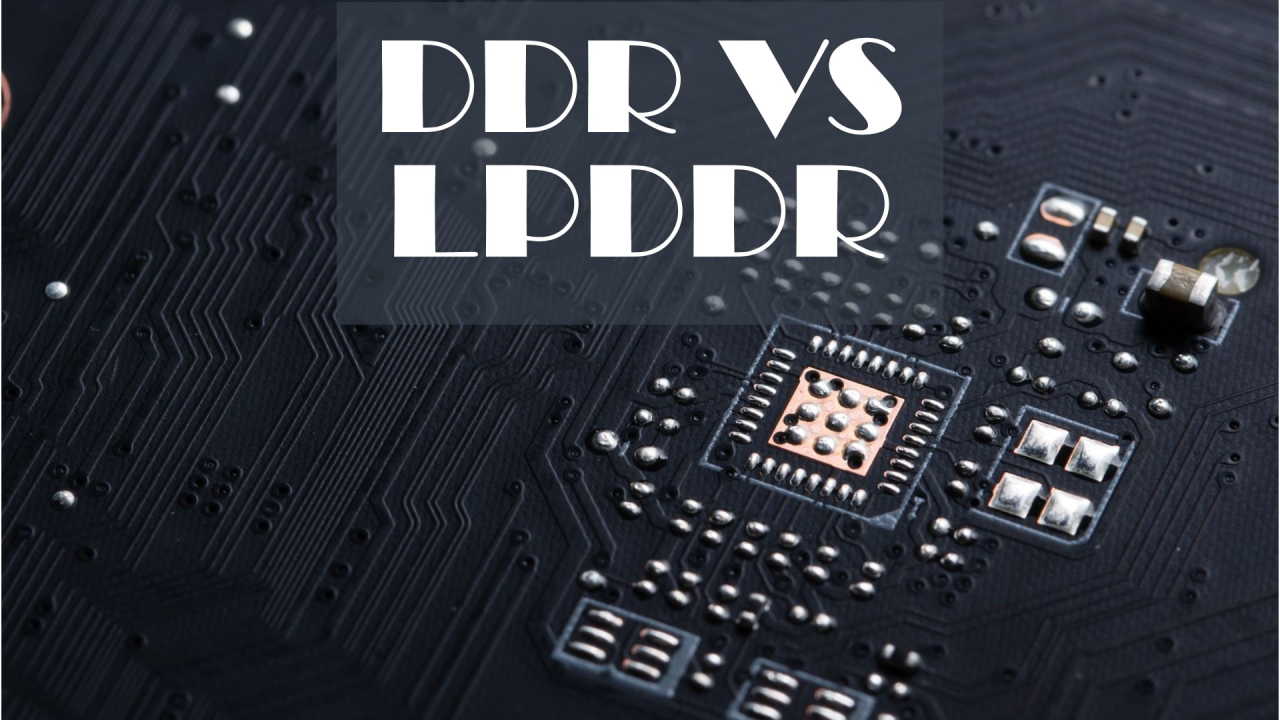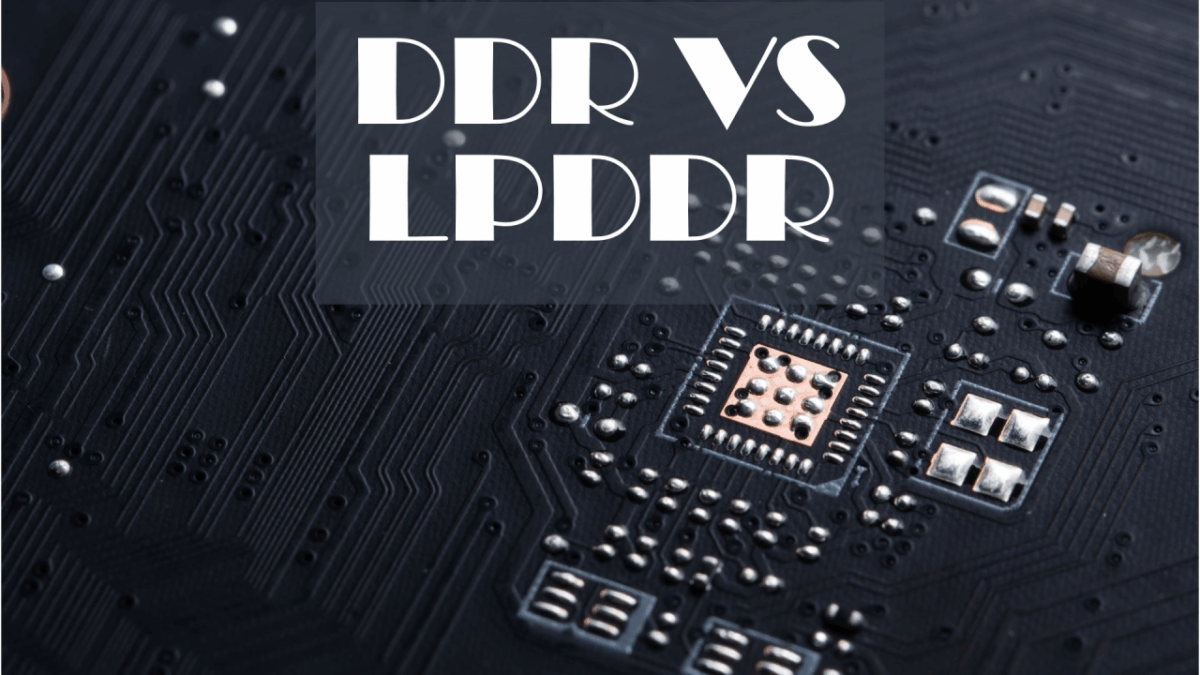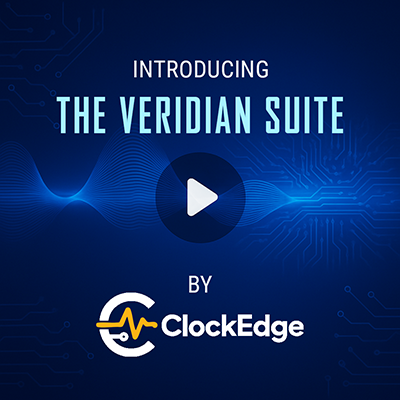Quick definition
-
DDR (Double Data Rate SDRAM): Mainstream dynamic memory for desktops, workstations, and servers. Uses pluggable modules (DIMMs/SO-DIMMs), wide channels, high capacities, and motherboard-friendly signaling.
-
LPDDR (Low-Power DDR): DRAM family optimized for mobile, embedded, and thin/edge devices. Uses much lower I/O voltages, aggressive power states, and compact packages (often stacked on the SoC).
Design goals & where each shines
-
DDR: Maximize capacity and sustained bandwidth per socket, support field upgrades/replacements, scale to multi-socket systems, and tolerate longer board traces and connectors.
-
LPDDR: Minimize energy per bit and idle power, enable tight thermals and small footprints, and deliver enough bandwidth for highly parallel SoCs (CPU/GPU/NPU/ISP) within a battery budget.
Electrical & physical differences
-
I/O voltage: LPDDR generations drop VDDQ much lower than DDR peers → big I/O power savings.
-
Topology:
-
DDR: DIMM slots with edge connectors; fly-by command/address; termination schemes sized for longer channels.
-
LPDDR: Short, point-to-point routing (often Package-on-Package above the SoC) with minimal trace length and lower swing signaling.
-
-
Upgradability:
-
DDR: Replaceable modules (UDIMM/SO-DIMM/RDIMM/LRDIMM/CUDIMM).
-
LPDDR: Soldered BGA or PoP → not field-upgradeable.
-
-
Channel width:
-
DDR: Typically 64-bit data per channel (72-bit with ECC).
-
LPDDR: Multi-channel narrow interfaces (e.g., LPDDR4/5 devices expose two ×16 channels; LPDDR6: two ×12 sub-channels with explicit metadata handling).
-
Performance landscape (representative JEDEC rates)
-
DDR4: up to ~3200 MT/s per pin
-
DDR5: baseline 4800 MT/s, scaling to ~7200–8800+ MT/s (vendor/grade dependent)
-
LPDDR4/4X: ~3200–4266 MT/s
-
LPDDR5/5X: ~6400–8533 MT/s
-
LPDDR6: ~10,667–14,400 MT/s per pin (next-gen mobile/edge)
Effective bandwidth depends on channel count, ranks/banks, controller policy, and thermals.
Latency & QoS
-
Raw CAS timings (in cycles) are often higher for LPDDR, and deep power states add entry/exit latency.
-
End-to-end: Modern LPDDR controllers use many narrow channels and smart schedulers to keep tail latency acceptable for camera/display/AI bursts. DDR’s wider channels typically offer lower variance under heavy, long-burst server loads.
Power & thermals
-
LPDDR focuses on energy/bit and idle power:
-
Deep/partial self-refresh (PASR), clock stop, retention, DVFS/DVFSL.
-
Short PoP interconnects reduce I/O capacitance.
-
-
DDR relies more on platform-level cooling and PSU headroom; higher drive strengths and terminations tolerate long traces and sockets but raise I/O power.
Reliability & manageability
-
DDR5: on-die ECC (ODECC) for cell reliability at very high speeds; server parts add DIMM-level ECC (72-bit data path) and RAS features (scrubbing, chipkill on certain DIMMs).
-
LPDDR (newer gens): on-die ECC/parity, diagnostics, activation counters/telemetry aimed at automotive/edge longevity; host-visible ECC varies by platform.
Packaging & form factors
-
DDR: UDIMM/SO-DIMM for clients; RDIMM/LRDIMM/CUDIMM for servers; hot-swap/field service in data centers.
-
LPDDR: PoP for phones/tablets (DRAM stacked over the SoC), or discrete BGA on laptops/automotive boards when capacity/thermals demand.
Controller/PHY features (selected)
-
DDR5: dual 32-bit sub-channels per DIMM rank, higher bank counts, improved training; module-side PMIC.
-
LPDDR5/5X/6: dedicated data strobe clocking (WCK for 5/5X), multi-channel arbitration, fine-grained low-power entry/exit, and explicit handling of sub-channels + metadata (LPDDR6).
Cost & capacity
-
DDR usually wins cost/GB and max capacity (multiple DIMM slots).
-
LPDDR often costs more per GB but saves system cost by enabling smaller boards, thinner devices, and smaller batteries for a given runtime.
Typical use cases
-
Choose DDR when: you need field-upgradeable memory, large capacities (e.g., 64–1024+ GB per system), long sustained throughput, or server-class RAS (ECC DIMMs, advanced telemetry).
-
Choose LPDDR when: you must hit tight power/thermal budgets in mobile, ultra-thin laptops, embedded/edge AI, AR/VR, or automotive ECUs—while still meeting high bandwidth per watt.
Side-by-side cheat sheet
| Dimension | DDR | LPDDR |
|---|---|---|
| Form factor | DIMM/SO-DIMM (socketed) | BGA or PoP (soldered) |
| Channel width | 64-bit (72-bit ECC) | Dual ×16 (LPDDR4/5), 2××12 sub-channels (LPDDR6) |
| Voltage & I/O | Higher VDDQ; longer traces/connectors | Much lower VDDQ; short routes, low swing |
| Power features | Self-refresh, power-down; fewer deep states | PASR, DVFS/L, deep idle modes, fast entry/exit |
| Bandwidth scaling | Wider buses, more DIMMs/ranks | More narrow channels/sub-channels |
| Capacity | Very high (multi-DIMM) | Moderate (soldered packages) |
| Serviceability | User-replaceable | Not user-replaceable |
| Best fit | Desktops, workstations, servers | Mobile, ultra-thin PCs, edge/auto/IoT |
Bottom line
-
DDR is the workhorse for capacity and serviceability in socketed systems.
-
LPDDR is engineered for efficiency and compactness, delivering impressive bandwidth within strict power and thermal envelopes.
As AI and graphics loads spread from servers to edge devices, LPDDR’s many-channel, battery-first design keeps it the default memory for mobile and embedded systems, while DDR continues to dominate upgradable PCs and data centers.
















Quantum Computing Technologies and Challenges